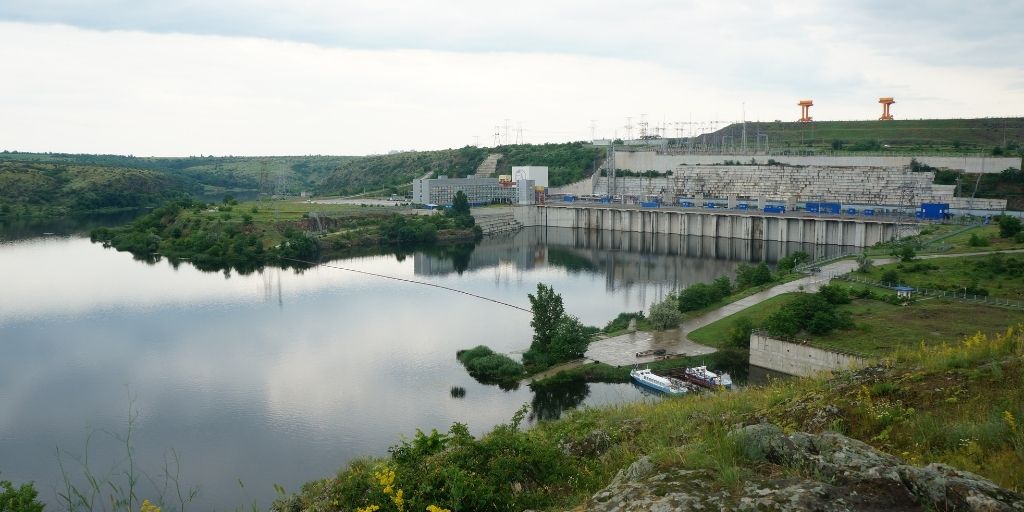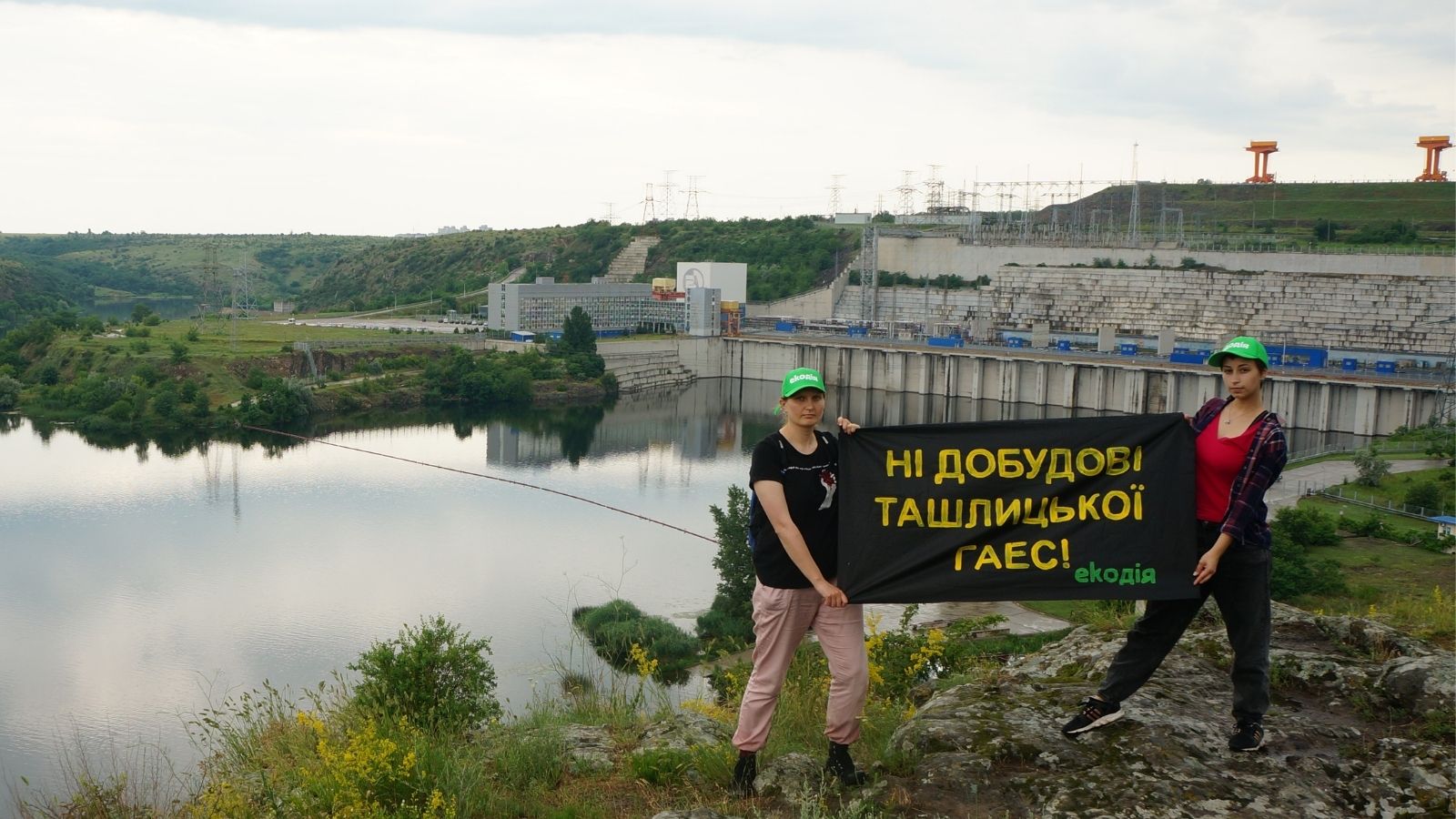Tashlyk pumped storage plant, Ukraine
The Tashlyk pumped storage plant is a massive hydropower project. Its operation extends to protected areas with peculiar microclimate features that are rich in biodiversity and endemic flora. These unique landscapes create a spectacular tourist attraction. The territory is also of great historical and archaeological significance. However, all of this would be flooded if the Tashlyk pumped storage plant expansion project is completed.

Stay informed
We closely follow international public finance and bring critical updates from the ground.
Key facts
Cost: EUR 359 million
Size: The expansion of the Tashlyk pumped storage plant would increase the plant’s peak capacity from 302 MW to 906 MW by raising the level of the Oleksandrivske Reservoir at the Tashlyk pumped storage plant up to 20.7 metres compared to the current 16 metres above sea level. This entails flooding 254 hectares of land, part of which belongs to Buzkiy Gard National Nature Park.
Funders and loan amounts: The European Investment Bank is considering the allocation of a EUR 176 million loan for completion of the Tashlyk pumped storage plant.
Project Promoter: Ukrainian state-owned enterprise National Nuclear Energy Generating Company Energoatom
Key issues
- Nature By flooding the nature reserve areas, the project will influence sixteen habitat types. These habitats are exceptionally valuable, because rare and endemic species live there. Many of the existing species of flora and fauna are listed in the Red Book and protected by the Bern Convention. Thus, by Tashlyk expansion and flooding nature reserve lands, Energoatom can threaten biodiversity. As of October 2021, the Secretariat of the Bern Convention is processing a complaint on the alleged violation of Art. 2, 3, 4, 5, 6, 7 and 10 of the Bern Convention during the project development.
Background
Map showing distribution of species of flora and fauna, as well as the location of historical monuments: https://bit.ly/3DaNYLp
Map instruction:
- Use the map legend to find a description of the symbols on the map.
- Click on each symbol on the map to see biodiversity species, historical monuments and their description. Some of the descriptions contain images of the finds.
- Use the arrow keys to the right and left to view all finds.
Historical heritage
If completed, the Tashlyk plant could flood the entire Gard Island – an important historical monument from the times of the Zaporozhian Army (the armed forces of the hetmanate of the Zaporozhian Cossacks, an autonomous state on Ukrainian soil from 1649 until its dissolution in 1775). There are even monuments from the Neolithic era on Gard Island, which are of great archaeological importance.
Tourist attractions
Bugzkiy Gard National Nature Park is one of the Seven Natural Wonders of Ukraine. The Pivdenny Buh water area, where the Tashlyk plant is situated, creates a unique landscape – a relatively narrow canyon with granite outcrops and numerous ledges, rapids and islands. The area attracts tourists with its breath-taking views and favourable conditions for water tourism and climbing.
Even the existing water level increase was illegal
On 20 June 2006, the Cabinet of Ministers of Ukraine adopted a resolution based on which Energoatom received the nature reserve lands adjacent to the reservoirs for permanent use and raised the water level in the Oleksandrivske Reservoir to 16 metres above sea level. In 2010, the court declared the resolution illegal and annulled. However, the court ruling was never implemented. Thus, the initial water level increase of the Oleksandrivske Reservoir was unlawful and this needs to be addressed as a first step.
Alternatives
The project has alternatives that could serve the same goal. One potential solution would be to use demand response to solve the problems of peak loads in Ukraine’s overall power network. Demand response is a reduction in demand designed to reduce electricity usage at critical peak load times or avoid system emergencies.

Latest news
Related publications
Tashlyk hydro pumped storage plant, Ukraine
Briefing | 7 April, 2021 | Download PDFOn 12 May 2020, the European Investment Bank (EIB) announced that it is considering financing the completion of the Tashlyk hydro pumped storage plant (HPSP) project. The Ukrainian state-owned enterprise National Nuclear Energy Generating Company (Ener
